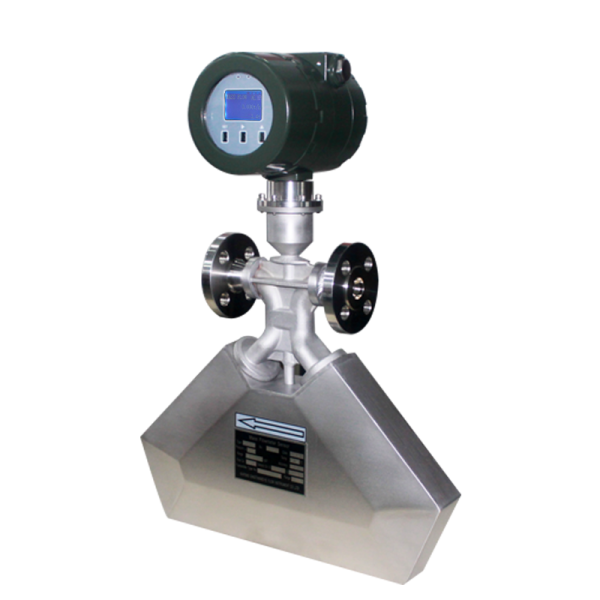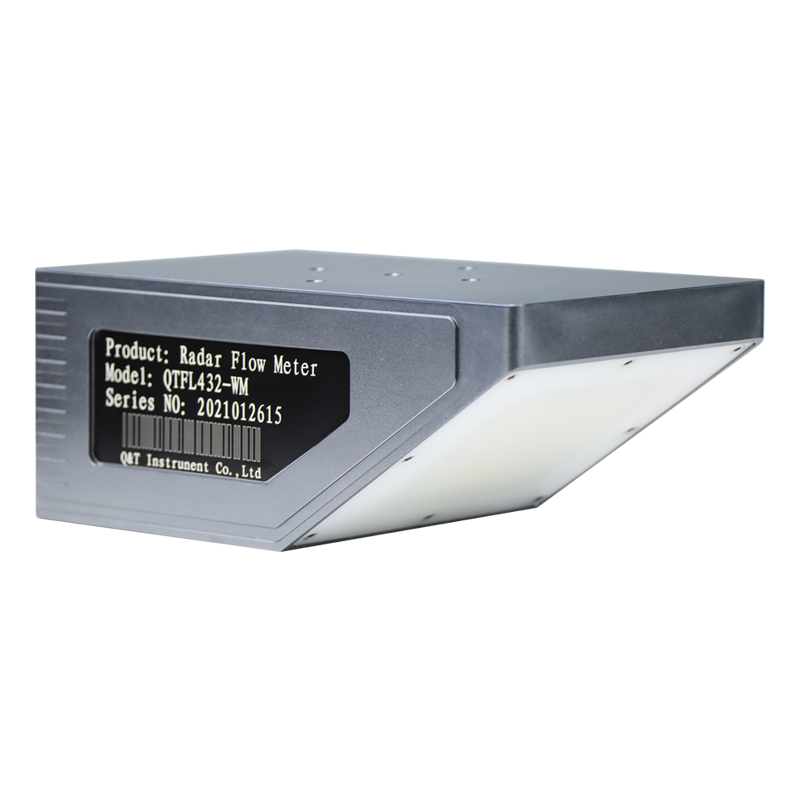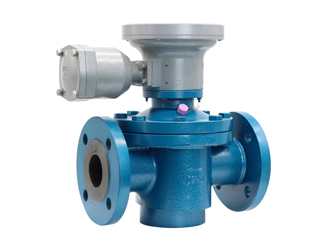Radar level meter model selection
Radar level meters are widely used in various industrial occasions with their unique advantages and characteristics. Since each industry has different measurement requirements, its application range covers simple storage containers with different capacities to complex reaction vessels with multi-stage stirring devices and heating coils. Therefore, when selecting the radar level meter, there are many places that need to be selected correctly. If the selection is not in place, the measurement effect will be greatly reduced, and even the meter will not work at all.
This article introduces the precautions for the selection of radar level meter.
1. Measure the temperature of the medium;
The measuring temperature range of an ordinary radar level gauge is -40 to 130 degrees. The radar level gauge can work normally when the medium is in this temperature range. When the temperature is lower than -40 degrees, the LCD screen will not work normally; when the temperature is higher than 130 degrees, a high-temperature type is required. The temperature resistance range of the high temperature type is -40~250 degrees; when the temperature is higher than 250 degrees, the nitrogen purge function needs to be added.
2. Measure the pressure of the medium;
The measuring pressure range of ordinary radar level gauges is -1~4MPa, and the range beyond this range needs to be specially customized, and the maximum can reach 10MPa.
3. Measure the physical properties of the medium
Need to determine the physical properties of the measuring medium, including the corrosiveness of the medium, whether it will stick, whether it will crystallize, and so on. Selection is to choose different models according to specific physical characteristics.
4. Process connection specifications
It is necessary to confirm the specific process connection specifications on the tank. If it is a threaded connection, the radar level gauge needs to be equipped with a threaded connection (threaded connection pressure is up to 0.3MPa); if it is a flange connection, it is necessary to implement accurate flange specifications, radar The position gauge can only be matched with the corresponding antenna size after the flange specification is determined. If the flange specifications are not accurate, the instrument cannot be installed on site.
5. Mixing specifications in the tank
When there is mixing in the tank, specific mixing specifications need to be implemented, including several layers of blades, the distance between the blades and the tank wall, and the radius of the blades. When installing the radar level gauge, try to avoid the stirring fan to get the best measurement effect.
6. Flange connection height
The height of the flange must be accurately dimensioned, because when the radar level gauge is installed, the antenna must extend into the tank, that is to say, the length of the radar antenna must be greater than the height of the pipe. If the radar antenna length is less than the takeover height, the measurement effect will be compromised.
7. Tank range
The range of the tank is a parameter directly related to the accuracy of the instrument and must be accurately determined.
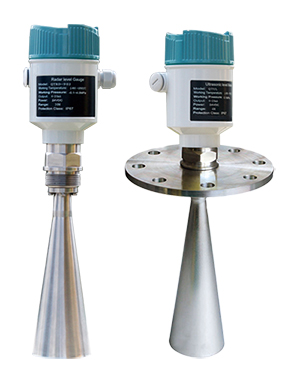



.jpg)
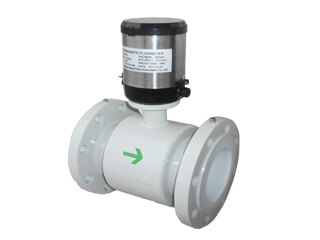
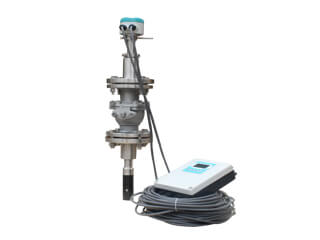
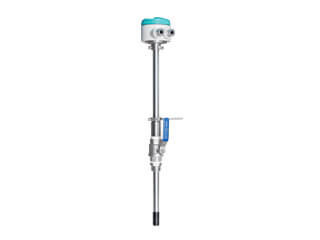
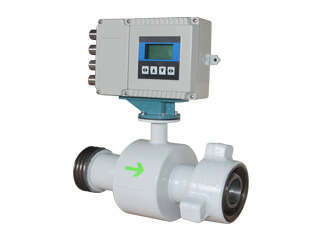
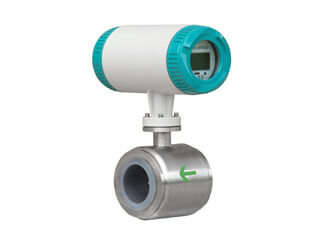
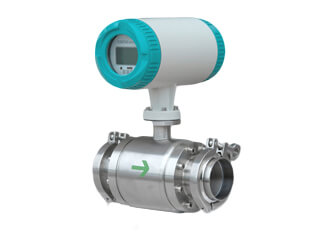
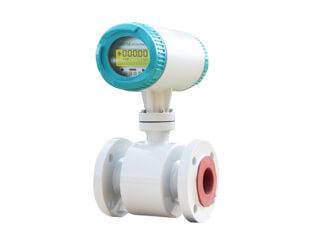
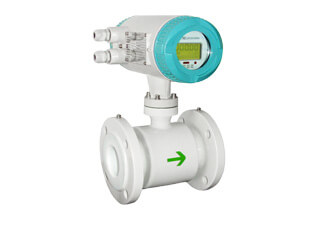
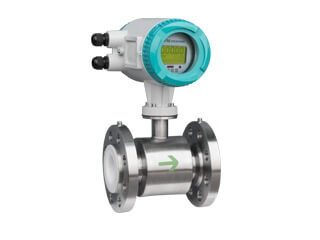
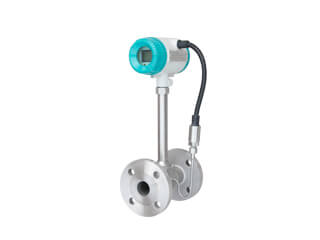
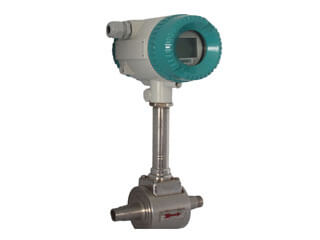
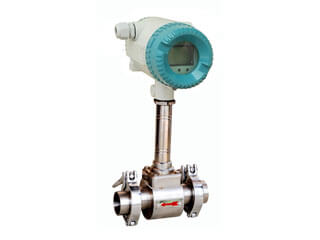
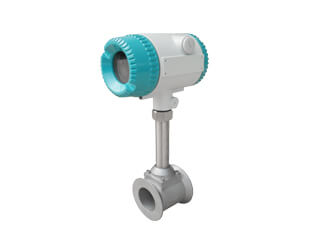
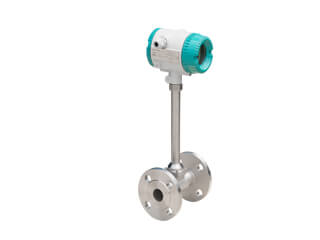
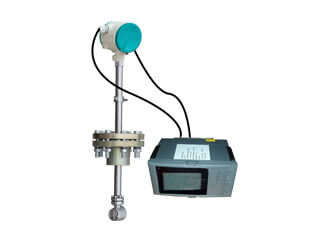
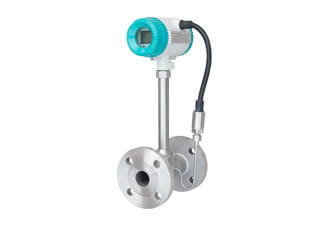
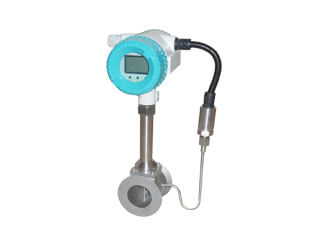
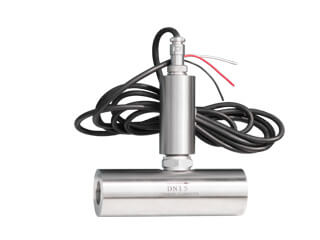
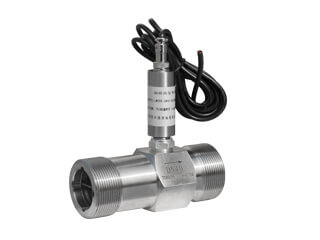
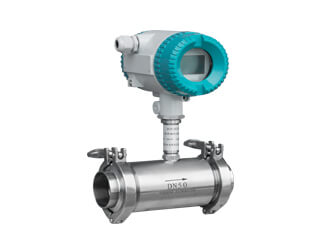
.jpg)
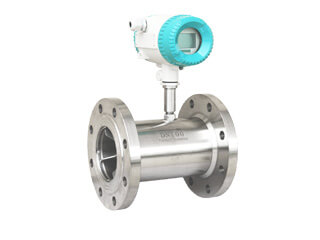
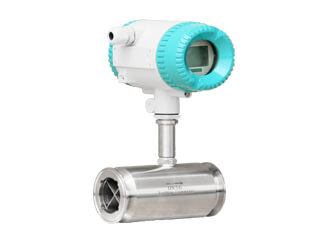
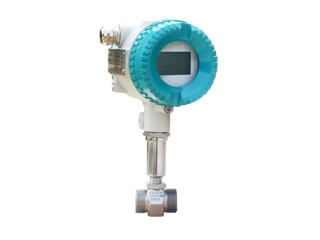
.jpg)
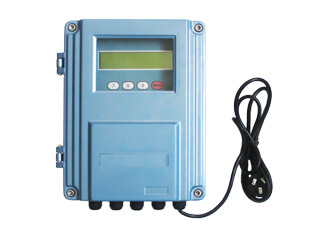
.jpg)
.jpg)
.jpg)
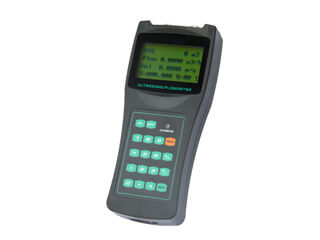
.jpg)
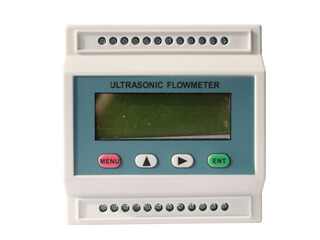
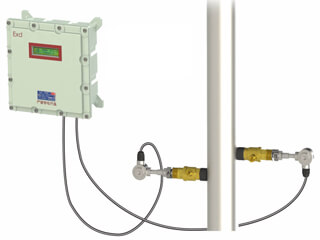
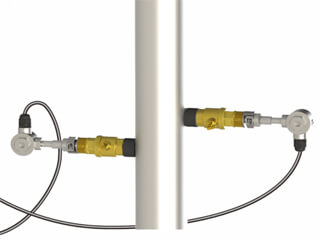
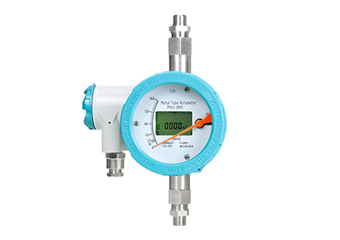
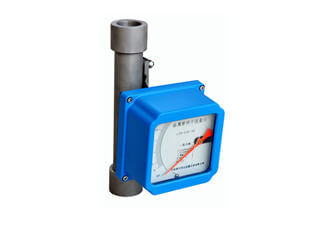
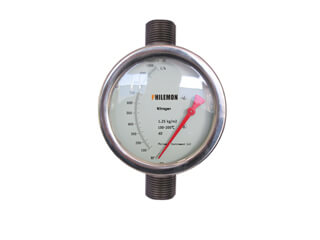
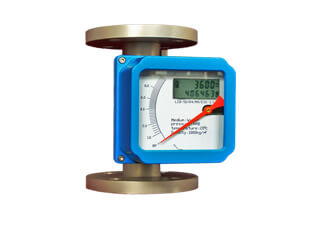
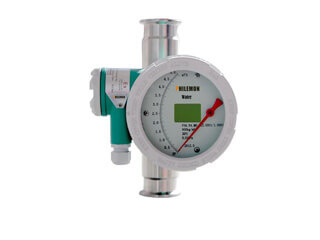
.jpg)
.jpg)
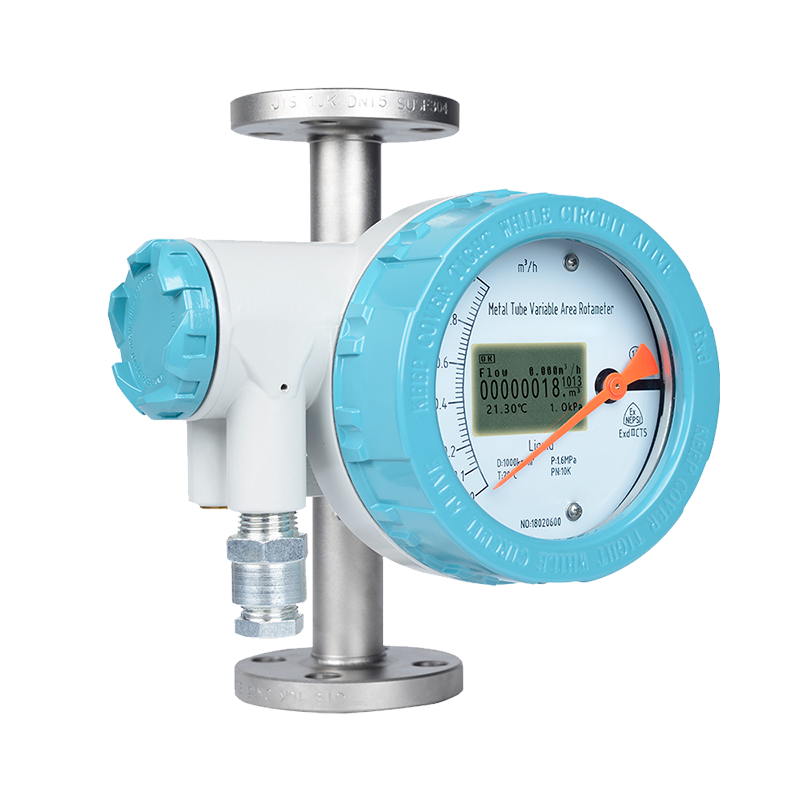
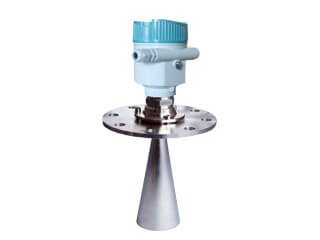
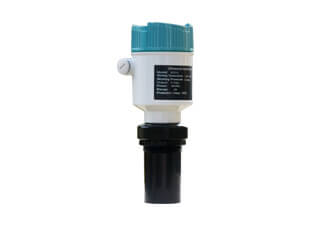
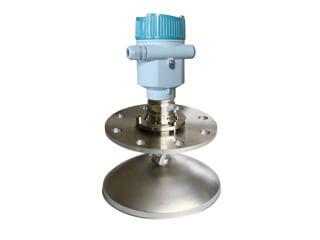
.jpg)
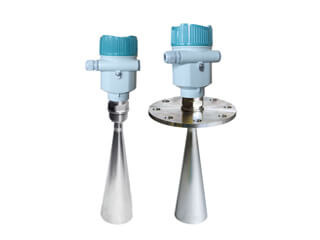
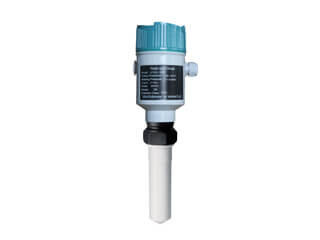
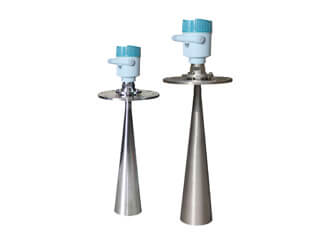
.jpg)
.jpg)
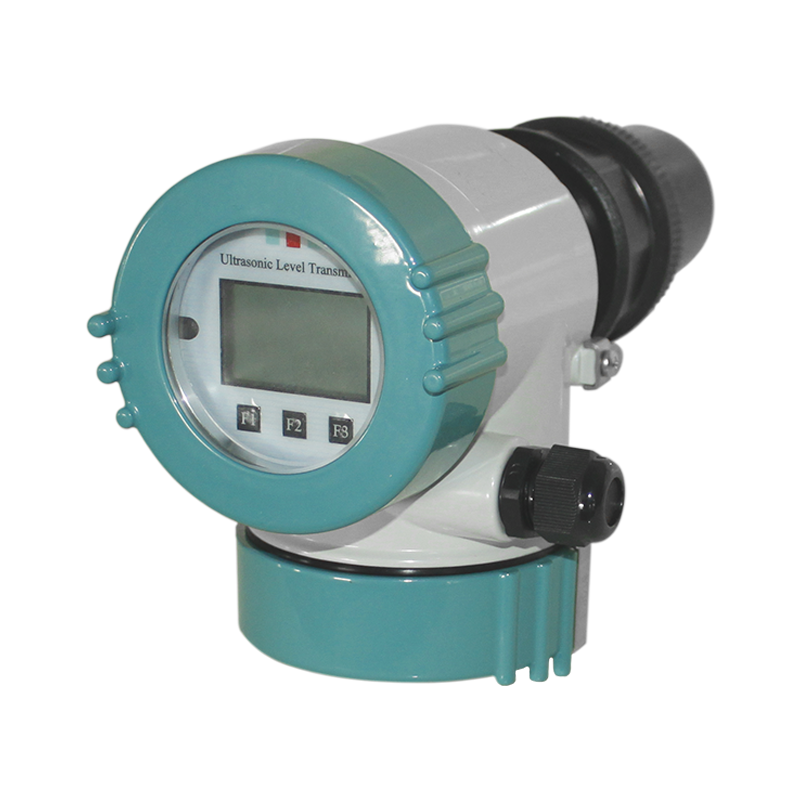
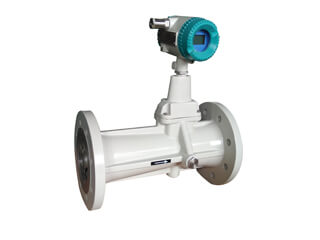
.jpg)
.png)
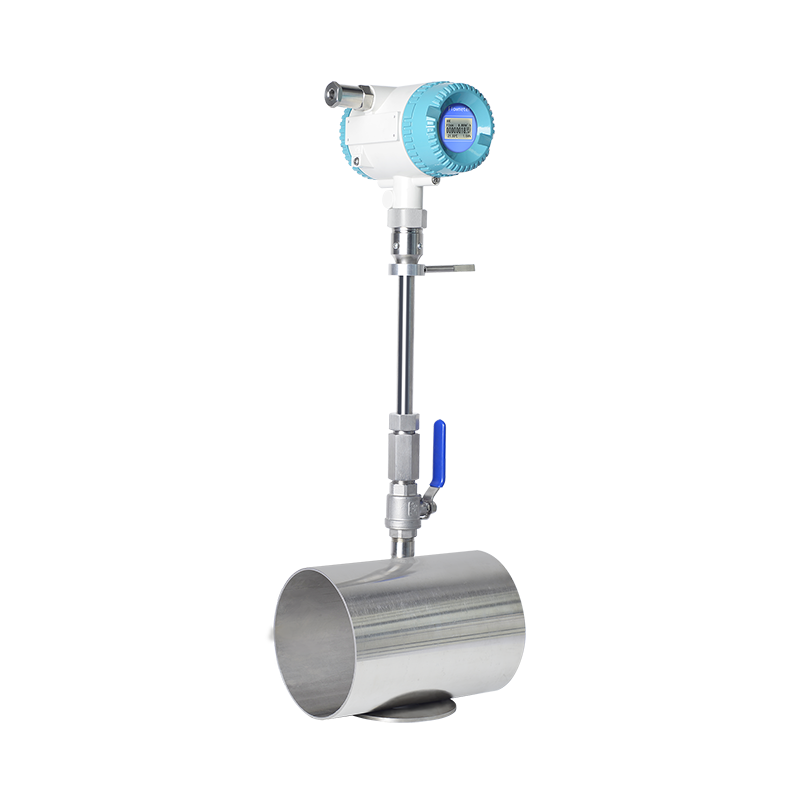
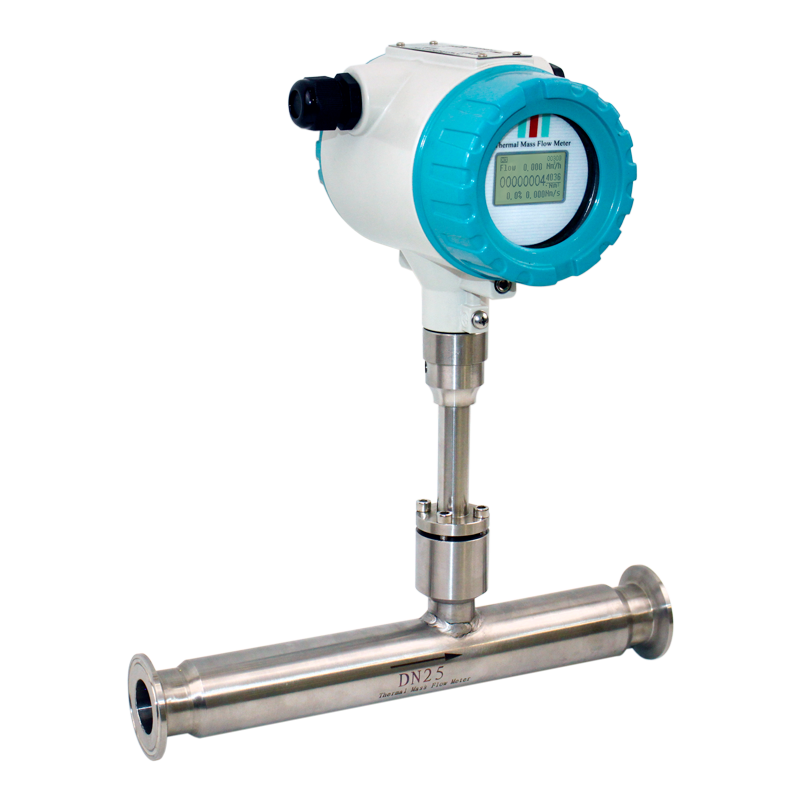
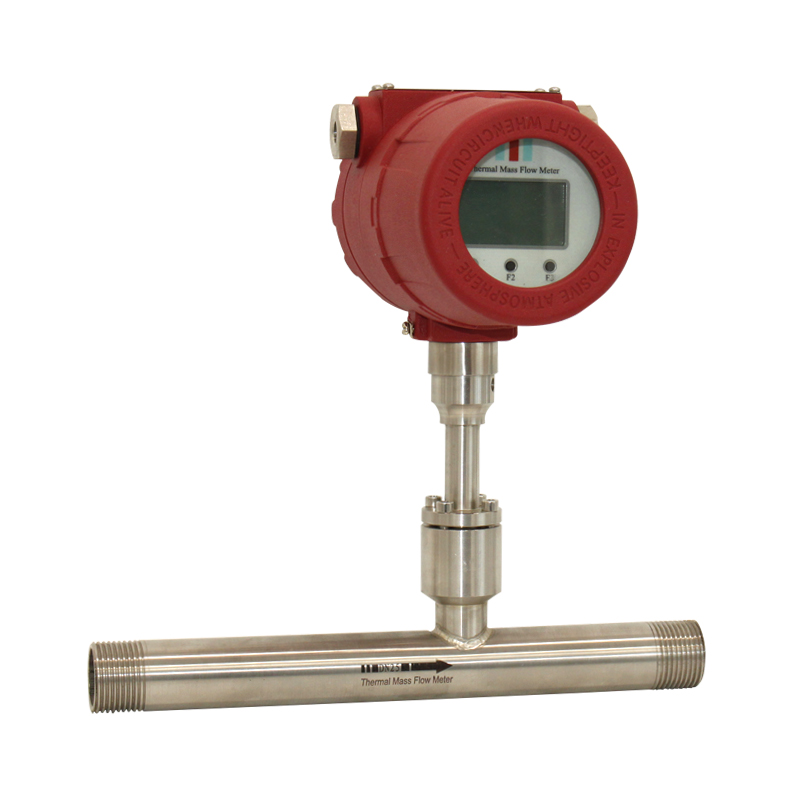
.jpg)
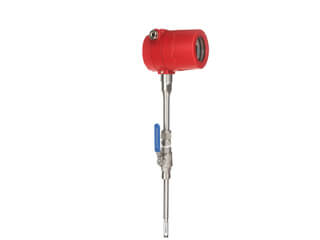
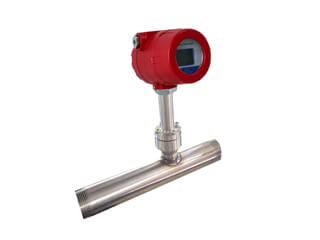
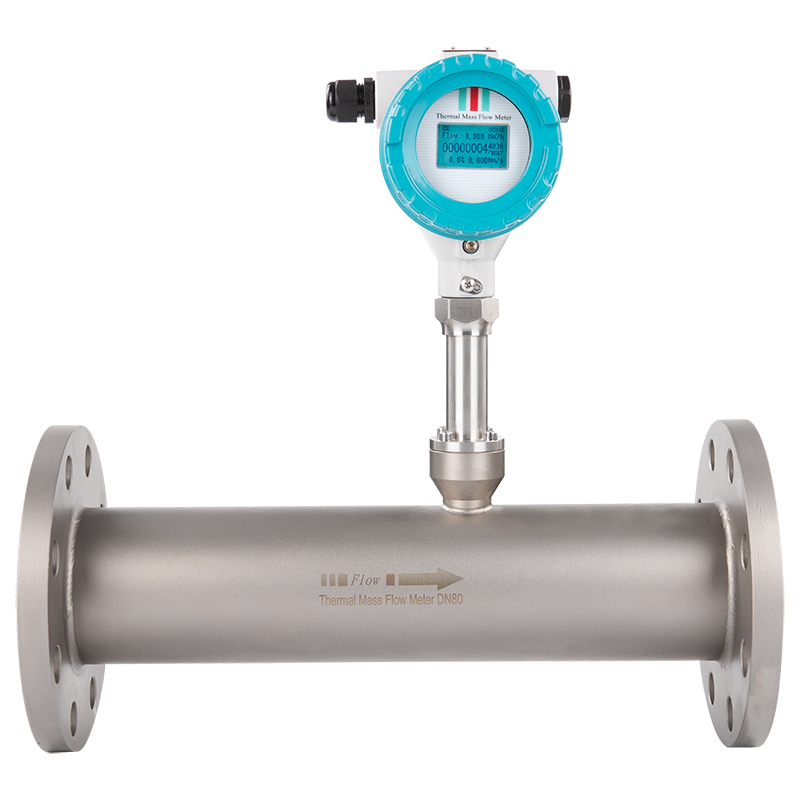
.png)
